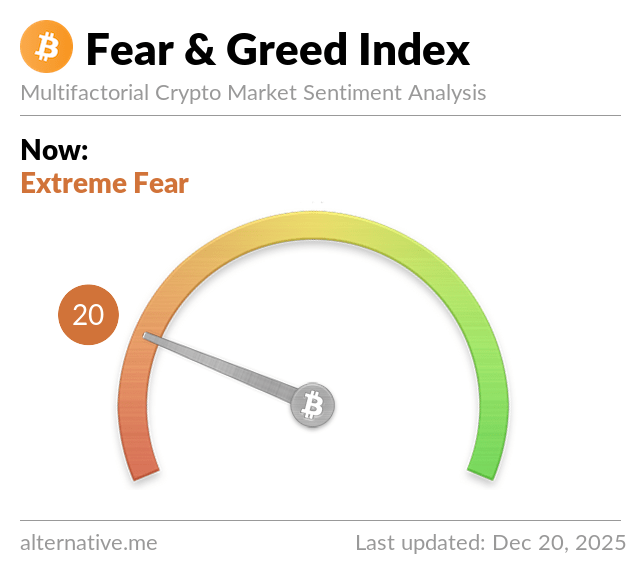Key Takeaways:
- Officials from India and the U.S. have initiated trade discussions in New Delhi in anticipation of President Trump’s July 9 deadline.
- Negotiations prioritize tariff reductions in agriculture and automobile industries.
- India is considering a 10% average tariff rate, contingent upon reciprocal concessions from the U.S.
- Advocates urge that clear tax regulation could accelerate India’s crypto sector growth to align with its international trade aspirations.
Indian and U.S. officials commenced two days of closed-door discussions in New Delhi on Thursday, aiming to reach an interim trade agreement ahead of a July 9 deadline established by President Donald Trump.
Per a report by Reuters, two government officials from India disclosed that the negotiations are primarily focused on reducing tariffs, particularly in the agriculture and automobile sectors, and improving market access.
Tariff Alignment and Market Access Top Priorities
One official indicated that the proposed negotiations would involve “tariff alignment and quota-based concessions,” with an announcement expected before the end of June.
The U.S. delegation is led by senior officials from the Office of the United States Trade Representative, while India’s representatives are headed by chief negotiator Rajesh Agrawal. Trade Minister Piyush Goyal may join the discussions upon returning from Italy, according to sources.
Washington is advocating for broader access to India’s agricultural and dairy markets, while Indian negotiators are requesting better treatment for domestic exports and enhanced supply chain collaborations.
Per one official’s account, India has proposed reducing average tariffs to align with the U.S. base rate of 10%, contingent upon reciprocation from the U.S.
This round of talks follows a February agreement to lay out a phased trade roadmap targeting a goal of $500 billion in bilateral trade by 2030. In 2024, India recorded a $45.7 billion trade surplus with the U.S.
U.S. Commerce Secretary Howard Lutnick mentioned earlier this week that discussions are progressing favorably, and a resolution could be reached shortly. However, neither side has officially commented on this current negotiation phase.
India Considers Crypto Policy as Part of Wider Strategy
India’s approach to cryptocurrency regulation is increasingly intersecting with its overall trade and investment strategies. As negotiations continue on tariff agreements with the U.S. and other partners, officials are exploring how digital asset regulations could facilitate market access and capital flow.
Industry representatives argue that tax reforms and regulatory clarity could make India a far more attractive locale for cryptocurrency investments. They highlight the return of companies like Binance and Coinbase, suggesting that clearer regulations could attract capital back to India and support its trade objectives.
Although formal reforms haven’t yet materialized, the Finance Ministry is reviewing a discussion paper concerning virtual assets. Executives assert that aligning cryptocurrency policy with broader economic goals could aid India in achieving its $500 billion trade target with the U.S. and place it competitively in global digital markets.
Frequently Asked Questions (FAQs)
It serves as a self-imposed milestone tied to the administration’s trade agenda. Both governments are keen on reaching a deliverable before this political window closes.
These are agreements allowing specific quantities of goods to enter a market at reduced or zero tariffs, which could enable India to protect sensitive sectors while selectively increasing access.
Such a change would align India’s tariffs more closely with U.S. levels, potentially reducing friction in sectors like manufacturing and agribusiness, where current disparities act as hurdles.


 India’s Supreme Court compares unregulated Bitcoin trading to a “refined Hawala” amid ongoing regulatory uncertainty, urging the government to clarify crypto laws and protect investors.
India’s Supreme Court compares unregulated Bitcoin trading to a “refined Hawala” amid ongoing regulatory uncertainty, urging the government to clarify crypto laws and protect investors.








